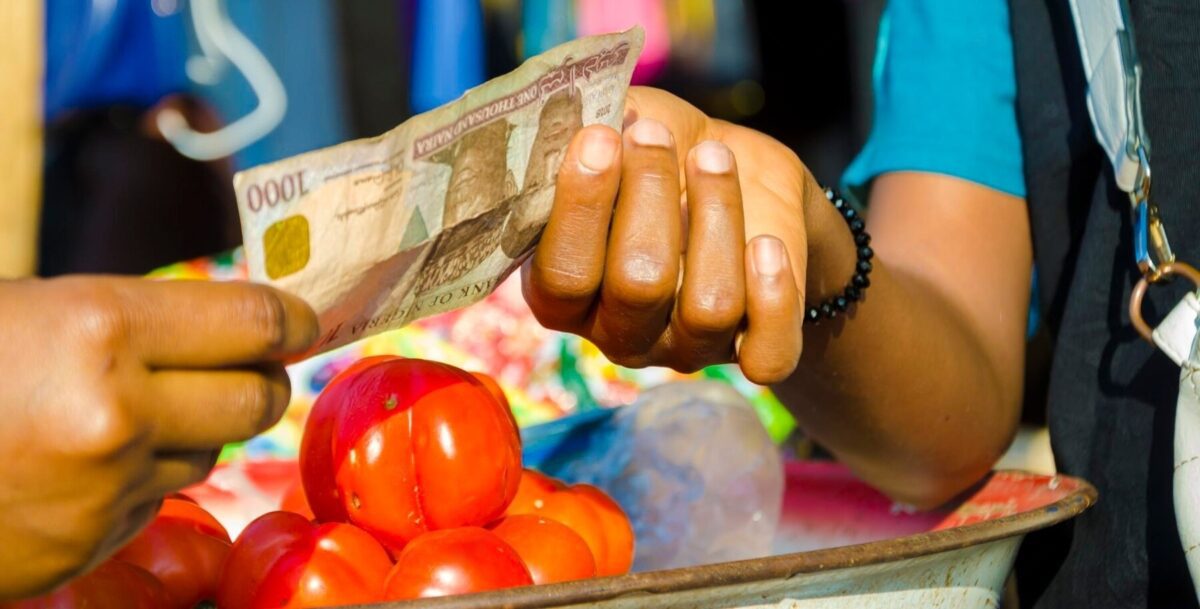What the Rising Food Prices and Shortages Mean for Kenya’s Agricultural Sector

Walking through Kenyan supermarkets recently, it has become evident that the cost of food shopping has surged significantly. According to a recent Kenya National Bureau of Statistics (KNBS) recent report, food inflation in the country reached 8% in May 2023, up from 7.9% in April 2023, one of the highest levels recorded in recent months. This is mainly attributed to the increase in prices of food commodities, coupled with other mounting cost-of-living pressures, such as skyrocketing energy bills, transport and soaring rents, which is making Kenyan citizens to truly feel the economic strain.
According to the Central Bank of Kenya, the highest inflation rate recorded in Kenya was 9.5% in November 2022, which slowed for the second consecutive month to 9.1% in December 2022, the lowest since August 2022. Just to put it into perspective, the inflation rate in Kenya increased from 5.8% in November 2021 to 9.5% in November 2022, the highest since June 2017. The inflation rate in Kenya is the measure of price variations in goods and services compared to the same month one year earlier.
In response to this pressing issue, the government recently announced measures it will take to stabilize the economy and normalize the situation. This includes the Finance Bill, 2023 that proposes various tax changes and amendments to the existing tax laws in Kenya. The bill was tabled in Parliament on 4 May 2023 and is expected to be passed into law by 30 June 2023. The National Treasury submitted the Bill to the National Assembly for consideration and enactment into the Finance Act 3.
The bill proposes a raft of tax changes which are geared towards expanding the tax base and raising revenues to meet the government’s ambitious budget of KES 3.6 trillion for the year 2023/2024.
While consumers may perceive an unprecedented rise in daily living expenses, it is important to note that low-income earners in Kenyan households allocate a higher portion of their income to food compared to their higher-income counterparts. Knowing this too well, most supermarkets in Kenya employ highly competitive pricing strategies, offering enticing loss-leading products to attract customers.
The rising cost of living is motivated by the scarcity of essential items experienced earlier this year. Unfavorable weather conditions across the continent, combined with the surge in energy prices, led to shortages of staple crops, fresh fruits, and vegetables. The Russia-Ukraine war-related shocks and the global trade friction has further exacerbated the situation. All these factors have resulted in Kenyan supermarkets and other food traders raising prices of basic commodities.
Farmers, too, are grappling with these challenges. Unpredictable weather patterns, attributed to the effects of climate change, have eroded the confidence of arable growers. Additionally, the escalating costs of energy have forced many producer operations to cease, while outbreaks of animal diseases have negatively impacted the crops, livestock meat and poultry sectors. Notably, Kenya witnessed a drop in production last year due to diseases and high input costs. As a consequence, consumers are facing the ripple effects.
Notwithstanding, the rising food prices do not translate into increased earnings for farmers. Several studies conducted previously revealed that farmers receive less than their production investment costs due to the extensive losses incurred in long supply chains, as well as the competitive pricing strategies adopted by most retail buyers. Conversely, studies have also indicated that farmers receive a more substantial share of the revenue when their produce is sold directly to consumers through smaller, independent shops.
These mounting pressures have compelled numerous farmers to exit the industry, particularly due to an increase in input costs, labor shortages and reduced earnings. Consequent to these challenges experienced, it is highly likely that a drop in production will be witnessed in the farms this year due to a lack of incentive.
The Kenyan government has faced criticism for its financial policies, with accusations directed at the top leadership, for being “cavalier and offhand” with any short-term reforms and changes that can yield substantive and tangible results. The top leadership brass opines that the rising cost of living and surging cost of production will be less significant when the country enjoys true financial autonomy and “free trade” and movement of goods across the African continent and globally.
Moreover, farmers are anticipating reduced subsidies from the government as the basic cost of inputs and taxes continue to increase. Support from the NGO world and other institutions is also proving to be minimal since it is gradually being replaced with environmentally-focused programs. Many farmers have come to a realization that the new schemes do not compensate for the shortfall in their previous harvest seasons, potentially rendering some farms financially unviable.
All these factors highlight the multitude of complexities within Kenya’s food system. Regrettably, high prices and shortages do not appear likely to subside in the near future. Addressing these challenges will require a comprehensive and multi-faceted approach from policymakers, industry stakeholders, and the government, to ensure a sustainable and resilient agricultural sector for Kenya.



